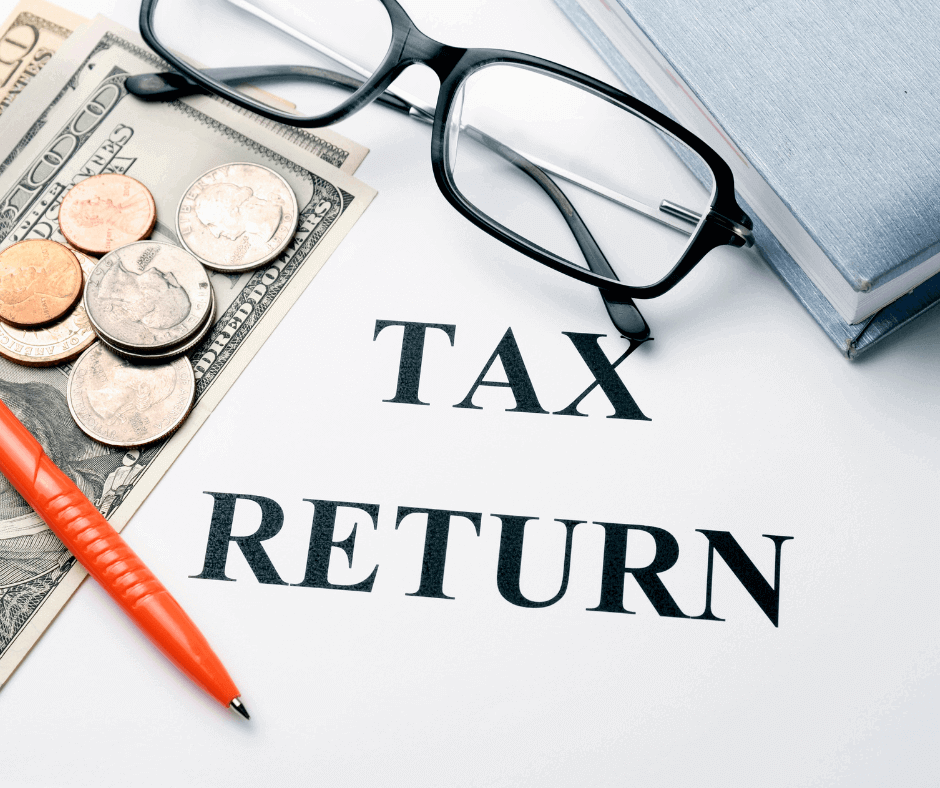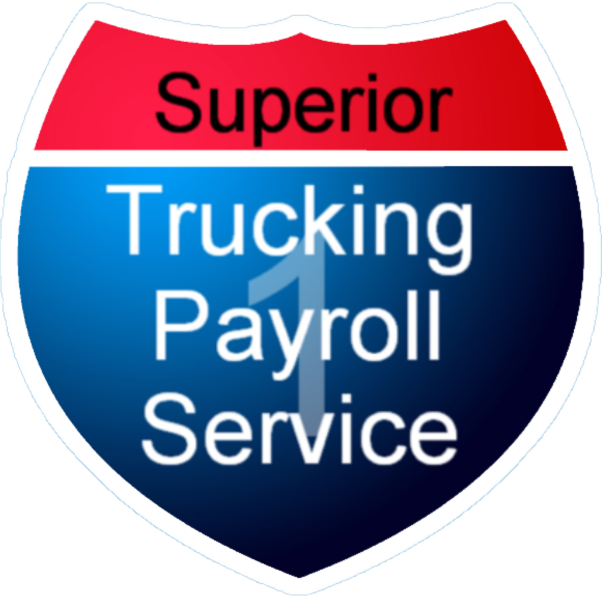Ways We Look Out for Your Business From operating accounts...
Read More
Partnerships use Tax Form 1065, also referred to as a “Partnership Tax Return,” to provide the IRS with financial details. As “pass-through” entities, partnerships don’t have their own tax rate, and their profits and losses are directly passed on to the owners. Since Form 1065 serves as an informational return, it doesn’t typically involve any tax payments.
Who Must File Form 1065?
The IRS defines a partnership as a business arrangement where two or more individuals come together to engage in a trade or business. Each partner contributes their expertise, labor, property, or money in return for a share of the profits and losses.
All domestic business partnerships, including multi-member limited liability companies (LLCs), are mandated to file Form 1065. However, in community property states, husband-and-wife-owned businesses have different options available to them.
Form 1065 is required for foreign partnerships that generate revenue in the United States. Foreign partnerships, on the other hand, are exempt from filing if certain conditions are met during the fiscal year.
The partnership had no effectively connected income (ECI).
The partnership had US earnings of $20,000 or less.
Less than 1% of any partnership item of income, gain, loss, deduction, or credit was allocable in the aggregate to direct US partners.
The partnership had no US partners at the time.
Form 1065 is required for non-profit religious organizations that are tax-exempt under Section 501(d). To do so, they must show that profits were distributed as dividends to their members, even if those dividends were never distributed. Furthermore, these religious organizations must make their information return available for public inspection, which must include a complete copy of Form 1065, as well as all accompanying schedules and attached statements, with the exception of K-1.
Where to File Form 1065?
Partnerships have the option to file their returns either electronically or through traditional mail. However, certain partnerships with over 100 partners are obliged to file Form 1065, Schedules K-1, and other related forms and schedules electronically. In case the partnership chooses to mail their tax return, they must identify the principal business office’s state and total assets to find the appropriate filing address. Mail filing is necessary for bankruptcy returns and returns with pre-calculated penalties and interest. Additionally, partnerships can extend their regular due date by six months by filling out Form 7004.
When to File Form 1065?
The deadline to file a domestic business partnership return is the 15th day of the third month after the tax year’s conclusion. For instance, calendar-year partnerships have a March 15 deadline. However, if the due date happens to coincide with a legal holiday, Saturday, or Sunday in the District of Columbia, the filing deadline is shifted to the subsequent non-Saturday or Sunday business day. If a partnership misses the due date or fails to include all the essential information, it incurs penalties unless there’s a reasonable cause.
How Do You File Form 1065?
To fulfill tax obligations as a partner in a partnership, you need to follow a two-step process for reporting your share of partnership income or losses.
In the first step, the partnership files Form 1065 to disclose the overall net income and other financial details of the partnership. The Schedule K-1 included in the return assigns each partner their share of the partnership income or loss and provides other relevant information.
In the second step, individual partners prepare their personal tax returns on Schedule E, including their portion of the partnership’s income and other deductions from their Schedule K-1. This enables the “pass-through” of partnership income to the owners.
To complete Form 1065, you must gather your partnership’s significant financial records at year-end, such as a profit-and-loss statement indicating the net income and revenues, a comprehensive record of all deductible expenses, and a balance sheet at both the beginning and end of the year.
In addition, you should have several essential pieces of information on hand, including your Employer Identification Number (also called Tax ID), Business Code Number, the number of partners in your company, and their particulars (such as name, address, Tax ID, and percentage of profit-sharing). Other crucial details to have to include your business’s starting date and whether it operates using the cash or accrual method. You should also be prepared with information regarding distributions that exceed standard guaranteed payments made to partners, any payments exceeding $600 to contractors outside the partnership along with the filing of Form 1099-NECs, and your partnership or organizational agreement.
Bottom Line:
Form 1065 is difficult but it is possible to conquer. To tackle the complex questions on Form 1065, it is advisable to seek the services of a tax expert such as a Certified Public Accountant (CPA), Enrolled Agent, or Tax Attorney, who has the requisite knowledge and expertise to assist you professionally.

Written by Melisa Bush
Before coming to Superior Trucking Payroll Service, in 2011, Melisa worked for a trucking company with 50 trucks. She was the one who processed the driver’s miles and expenses.
Because of this experience, she understands the challenges our clients go through each week while preparing their payroll data for us. Customer service is #1 for Melisa. Her goal is to treat our clients like people with true and real needs, not just another number.
Contact Us!
Driver Retention Tips
One of the biggest problems for businesses in the world...
Read MoreHow to Avoid Payroll Errors and Penalties in the Trucking Industry
Are you tired of dealing with payroll issues in the...
Read MoreWhy Was No Income Tax Taken Out of my Paycheck?
Why Was No Income Tax Taken Out of my Paycheck?...
Read MoreUnderstanding Supplemental Payroll Fees: What They Are and Why They Matter
Are you a business owner trying to understand the complexities...
Read More